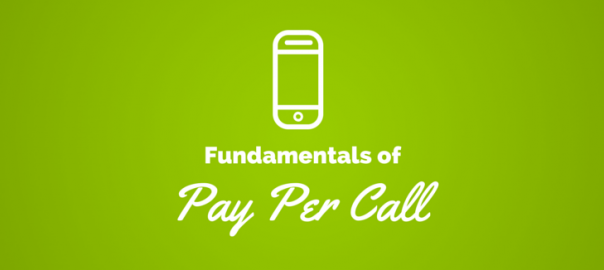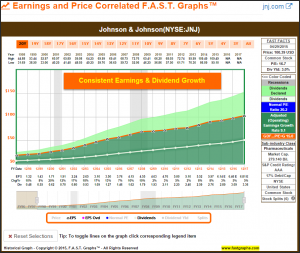
While many prefer to communicate through instant messaging or email, phone calls remain incredibly effective for generating qualified leads. 75% of consumers claim that a phone call is the fastest way to get a response from a company, and up to 50% of phone calls can result in conversions. For these reasons, you may choose to add pay per call to your advertising arsenal.
But what makes a successful pay per call campaign? The following strategies will encourage calls to your company and ensure optimal lead generation.
Go Mobile
If you haven’t already done so, make your site mobile friendly. This is a must. In the ongoing mobile movement, mobile search continues to dwarf desktop search. If we learned anything from ‘mobilegeddon,’ it’s that not being mobile friendly can cost you a goldmine of search results.
According to Invoca, more than half of all calls start with mobile search. To capture these, optimize your mobile landing page, and A/B test various designs to create the best experience for your prospects.
More importantly, include a phone number. Your number should be visible on both your ad and your website. Consider using a vanity number (i.e. 1-800-Pools) since customers are 33% more likely to call your company when provided with a vanity number. Let your customers know that they can reach you. Encourage calls over other methods of communication.
If they’re already on their phones, your customers are just a few taps away from a call. Make it even easier for them by including a click-to-call extension. This way they don’t even have to punch in your number. You really can’t go wrong with this feature. 70% of mobile users have directly called businesses using the call now button.
Identify Qualified Calls
Before you go answering phone calls, you need to know how to qualify a call. This is pay per call after all. You don’t want to waste your campaign budget on empty calls.
Some services offer ways for you to filter unqualified calls from your bill. eZanga, for example, only charges pay per call clients for phone calls that last past a certain time threshold. You can’t avoid all unqualified calls, but you can avoid paying for them by qualifying calls within that time window.
Even if you’re stuck paying for those empty calls, save time by quickly qualifying your callers. Usually, a call indicates that a customer is already further down the sales funnel and is genuinely interested in your product/service. But you should still establish a set of standards to qualify your caller. This may include:
- Minimum call duration.
- Specific caller location.
- Desired action on an IVR (interactive voice response).
- Specific answers to qualifier questions.
Once you’ve set a standard for a qualified call, cement it as a gold standard among the employees in your call center. It’s important that everyone is able to identify a qualified lead.
Optimize Your Customer’s Call Experience
Callers hate long hold times. We’ve all been in this position before. By the time someone picks up, your patience is running thin, making you a difficult customer to work with.
Now that you’re on the other end of that call, you have the ability to create a simple, customer-friendly call experience.
Consider restructuring your IVR. Assuming there’s more than one reason someone would call your company, you need to leave a few different options at the beginning of their call (i.e. press 1 for information, press 2 for customer assistance, etc.). It’s important not to include too many options in your IVR, try to limit your IVR to five options or less.
Keep the amount of time you leave your customer on hold to a bare minimum. If they’re left on hold too long they’re likely to feel deprioritized. And once they’re on the line, give them a quick and pleasant experience. Don’t repeat the Comcast disaster that happened Summer 2014.
Listen to Call Recordings
Unlike an email or text message that you can read over and over again, a call requires you to listen closely. There are bound to be various nuances and discrepancies in your customer’s speech. In order to fully understand these, it would be beneficial to use call recording.
By recording your calls, you’re able to look back on the conversations you had with your customer and analyze them. Gain insights you didn’t immediately pick up on while you were on the phone. Listen for how the customer reacted to different offers or suggestions. What made them happy? What frustrated them? What confused them? It can also prevent errors when entering customer information in case you mishear it during the live call. All of this information can be used in future interactions with your customer.
Be sure to ask your customer’s permission to record your call, as neglecting to do so would be an invasion of their privacy and a bad way to start out your relationship with them.
Conclusion
Of course there’s more that goes into pay per call. If it were as easy as reading through just one article, then everyone would do it.
But coming to terms with these fundamental strategies is the first step in starting not only a successful campaign, but one that stands out amongst the crowd. Following these practices are beneficial to you and your customers. Get yourself more qualified leads, lower your cost per lead, and create a more streamlined process for your customer. It’s a win-win.
(152)








